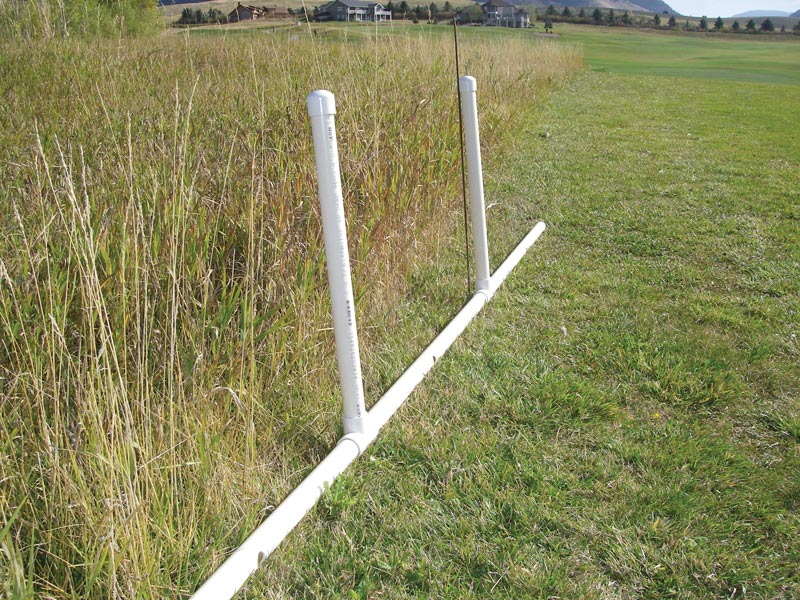Vole Control Tips to Preserve Your Lawn and Gardens
Vole Control Tips to Preserve Your Lawn and Gardens
Blog Article
Understanding Vole Bug Control: Comprehensive Insights on Infestation Avoidance and Therapy Methods
As homeowner and caretakers, the existence of voles can present a significant obstacle to keeping the integrity of our outside rooms. Recognizing the ins and outs of vole actions is important in creating efficient parasite control methods. By identifying the refined indicators of vole infestation at an early stage, we can take proactive measures to stop prevalent damages. In this discussion, we will discover the nuances of vole habits, look into the identification of invasion indications, and uncover one of the most efficient avoidance and treatment techniques. Keep tuned to discover the understandings that will certainly encourage you to understand vole insect control and guard your property versus these evasive rats.
Comprehending Vole Habits
Analyzing the foraging patterns of voles provides beneficial insights right into their habits and habitat choices. By observing their foraging habits, researchers can obtain a better understanding of where voles choose to establish their environments and the degree of their environmental effect.
Research suggests that voles show careful feeding practices, preferring bulbs, roots, and seeds. This dietary preference influences their foraging patterns, leading them to locations rich in plant life and ground cover. Furthermore, voles are recognized to produce intricate tunnel systems for foraging and nesting functions, showing a high level of adaptability to their environments.
Comprehending vole habits is essential for applying targeted bug control actions that disrupt their habitat choices and foraging tasks (vole yard damage). By researching their actions, specialists can develop extra reliable avoidance and treatment techniques to take care of vole invasions

Identifying Indicators of Vole Problem
Vole invasions can be found by identifying certain indicators of their presence in an area. One of the most typical signs of a vole invasion is the existence of surface runways.
An additional crucial indicator of vole infestation is the presence of small burrow openings in the ground. Voles dig superficial burrow systems with multiple entryways and departures. These burrows work as sanctuary and nesting websites for the voles. Additionally, voles are understood to leave chewed plant stems, roots, and bulbs near their burrow openings, indicating their feeding task in the location.
Moreover, vole droppings can also represent their visibility. Vole droppings are small, brownish, and round fit, looking like grains of rice. Finding these droppings along runways or near burrow openings can validate a vole problem. By being vigilant for these signs, homeowner can without delay attend to vole invasions and stop additional damages.
Executing Aggressive Prevention Actions

Moreover, utilizing natural vole deterrents like castor oil-based repellents or predator pee can serve as effective preventive measures. It is also recommended to frequently examine outside spaces for any signs of vole activity, such as paths or burrow openings, to address potential problems promptly. vole lawn damage. By adopting these positive prevention methods, homeowner can substantially minimize the possibility of vole damage and maintain investigate this site the health and visual appeals of their landscapes
Reliable Treatment Strategies
Integrating targeted trapping methods and using accepted rodenticides are essential components of reliable therapy techniques for managing vole problems. Normal monitoring and maintenance are additionally vital elements of effective therapy techniques to guarantee that vole populaces are maintained under control. By combining trapping, rodenticides, habitat modification, and constant surveillance, efficient vole bug control can be attained.
Surveillance and Maintenance Tips
Routine surveillance permits for the early detection of vole activity, making it possible for prompt treatment before infestations get worse. To efficiently monitor vole populations, strategically put traps can be used in vole runways or near burrow entryways.
Additionally, maintaining a clean and tidy landscape is essential in vole avoidance. Cleaning away debris, such as stacks of wood or dense plant life, gets rid of potential vole environments. Frequently mowing yards and trimming greenery helps in reducing vole concealing spots and reduces their accessibility to food resources.
Moreover, ongoing upkeep of physical obstacles, such as fencings or cord mesh, is vital to avoid vole breach. Evaluating and fixing any kind of damages to these structures guarantees that vole control remains efficient in guarding buildings from invasions. By integrating these monitoring and upkeep practices into a thorough vole bug control strategy, people can efficiently handle vole populations and protect their buildings from damages.
Verdict
In conclusion, grasping vole bug control needs a solid understanding of vole habits, the capability to recognize indicators of problem, carrying out aggressive prevention procedures, effective treatment approaches, and regular surveillance and upkeep. By taking a comprehensive strategy to vole control, individuals can properly handle and stop invasions, ultimately securing their residential or commercial property and surrounding setting from damages triggered by these little rodents.
In this discussion, we will discover the nuances of vole habits, dig into the recognition of invasion signs, and discover the most reliable avoidance and treatment approaches.Including targeted capturing approaches and making use of approved rodenticides are essential parts of effective therapy approaches for taking care of vole infestations. To efficiently keep track of vole populaces, purposefully placed more helpful hints traps can be made use of in vole runways or near burrow entrances. Examining and fixing any kind of damages to these frameworks published here guarantees that vole control continues to be effective in securing residential or commercial properties from invasions. By including these surveillance and upkeep practices right into an extensive vole parasite control strategy, people can properly take care of vole populations and protect their buildings from damages.
Report this page